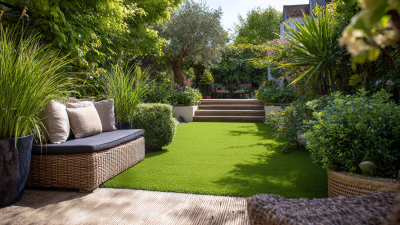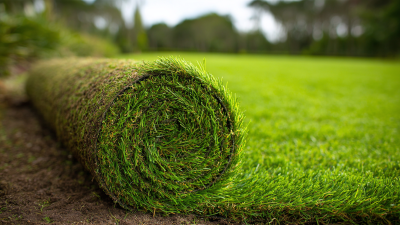As the demand for sustainable landscaping solutions grows, the adoption of Artificial Turf Grass has emerged as a game-changer in the industry. Recent studies indicate that the global artificial turf market was valued at approximately $3.67 billion in 2020 and is projected to reach $6.43 billion by 2027, reflecting a compound annual growth rate of 8.1% (Fortune Business Insights). This increase is largely driven by the need for water conservation, reduced maintenance costs, and the desire for resilient outdoor spaces.
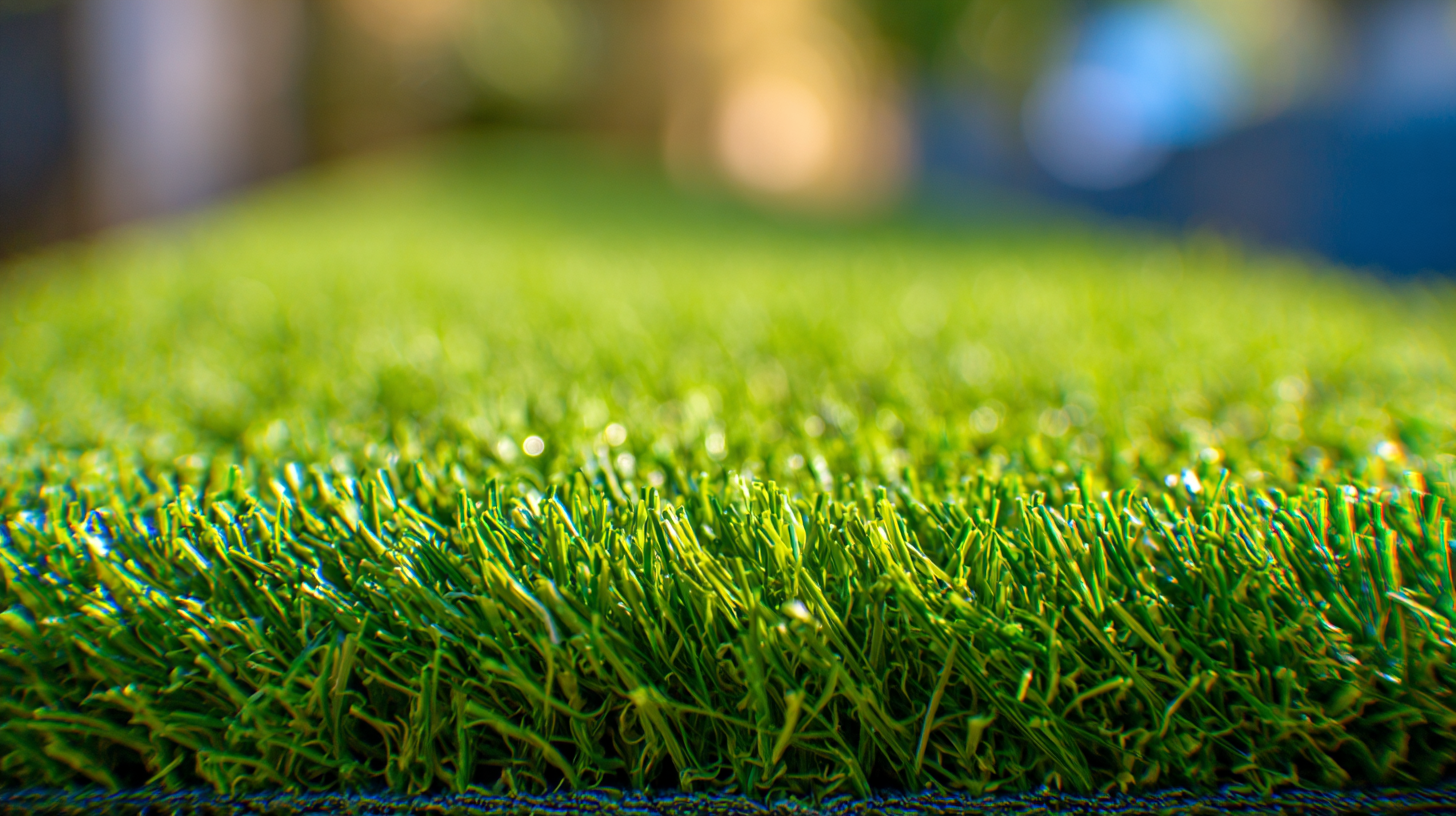 Artificial Turf Grass not only minimizes water usage—by as much as 60-70% compared to natural grass—but also eliminates the need for harmful pesticides and fertilizers, making it an eco-friendly alternative. Moreover, its durability and low maintenance requirements make it an economically smart choice for residential and commercial properties alike. Thus, understanding the myriad benefits of Artificial Turf Grass is essential for anyone seeking to enhance their landscaping while aligning with sustainable practices.
Artificial Turf Grass not only minimizes water usage—by as much as 60-70% compared to natural grass—but also eliminates the need for harmful pesticides and fertilizers, making it an eco-friendly alternative. Moreover, its durability and low maintenance requirements make it an economically smart choice for residential and commercial properties alike. Thus, understanding the myriad benefits of Artificial Turf Grass is essential for anyone seeking to enhance their landscaping while aligning with sustainable practices.
When considering artificial turf for your landscape needs, it’s essential to understand the various types available and their specific benefits. Not all artificial grass is created equal; there are multiple options tailored for different applications, such as residential lawns, sports fields, and decorative landscapes. According to a report from the Synthetic Turf Council, over 60% of artificial turf installations are residential, showcasing the growing popularity among homeowners seeking durable and low-maintenance alternatives to natural grass.
Choosing the right type of artificial turf starts with assessing the primary use of your space. For example, if you have an active household with pets and children, opting for durable, multi-sport turf designed to withstand heavy foot traffic is advisable. A recent study indicates that well-chosen artificial turf can have a lifespan of up to 15-20 years, significantly reducing the need for replacement compared to natural grass, which requires regular reseeding and maintenance.
Additionally, environmentally conscious homeowners can select products made from recycled materials, aligning their landscaping choices with sustainable practices. By understanding your specific landscape needs and the benefits of various artificial turf options, you can create a beautiful, sustainable outdoor space that meets your lifestyle requirements.
Installing artificial turf grass can significantly enhance the durability and aesthetics of your landscape. The first step in achieving optimal results is proper site preparation. Begin by removing the existing grass and weeds, then level the ground to create a smooth base. It's essential to install a high-quality weed barrier to prevent any unwanted growth beneath the turf. Additionally, adding a layer of crushed stone or decomposed granite provides excellent drainage, ensuring that water does not pool on the surface, which can lead to deterioration over time.
Once the base is prepared, unroll and cut the artificial turf to fit your designated area. When laying the turf, make sure to align the fibers in the same direction to create a uniform appearance. You can use landscaping adhesive or turf nails to secure the edges, preventing any lifting or movement. For a finished look, consider infilling the turf with silica sand or rubber granules; this not only enhances the appearance but also improves resilience and helps maintain the turf’s upright posture. Following these steps will ensure a beautiful and durable artificial turf landscape that requires minimal maintenance while providing year-round enjoyment.
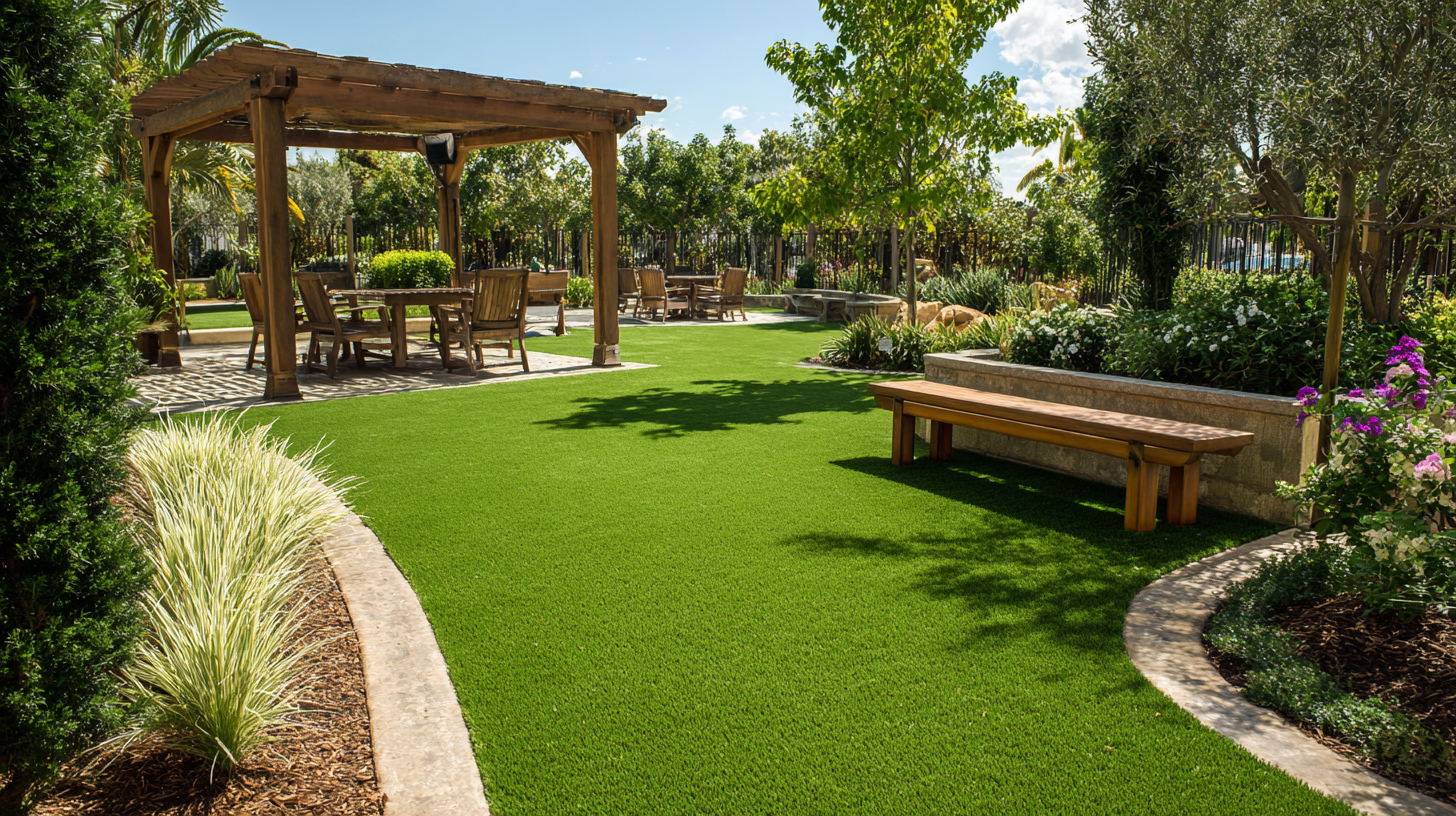
Maintaining artificial turf is crucial for ensuring its longevity and sustainability, particularly given its increasing popularity as a viable alternative to natural grass. Regular maintenance practices, such as brushing and rinsing, help prevent debris buildup and maintain the aesthetic appeal of the turf. According to a report by the Synthetic Turf Council, properly maintained turf can last between 8 to 15 years, depending on usage and environmental conditions. This longevity not only reduces the need for frequent replacements but also minimizes the environmental impact associated with the disposal of worn-out materials.
In addition to basic maintenance, investing in appropriate cleaning solutions and infill materials can enhance the durability and performance of artificial turf. A study published by the American Society of Landscape Architects highlights that using high-quality infill can improve drainage and resilience against wear and tear. Moreover, the energy savings associated with reduced water consumption—estimated at around 50-70% compared to natural grass—further underscores the sustainability benefits of well-maintained artificial turf. By prioritizing these maintenance strategies, homeowners and landscapers can effectively extend the life of artificial grass while contributing to a more sustainable landscaping approach.
Artificial turf grass has emerged as a sustainable alternative for landscaping, especially in regions facing water scarcity. By replacing natural grass with synthetic options, homeowners and businesses can significantly reduce their water consumption. Traditional lawns require regular watering, fertilizers, and pesticides, contributing to high resource use and environmental degradation. In contrast, artificial turf requires minimal maintenance, making it an eco-friendly choice that aligns with the goals set forth in the "National Agricultural Sustainable Development Plan (2015-2030)" to optimize resource use and protect environmental quality.
**Tips:** When selecting artificial turf, consider products with high durability and UV resistance to ensure longevity and minimize the need for replacements. Installing a turf system with proper drainage can also prevent water accumulation, further promoting functionality and sustainability. Additionally, coupling artificial turf with native plants in landscaped areas can create a balanced ecosystem that enhances biodiversity while still reducing overall water use.
Incorporating artificial turf into your landscaping not only conserves water but also contributes to a greener environment in line with national sustainability efforts. By making thoughtful choices, individuals can play a pivotal role in promoting eco-friendliness in their communities.
| Benefit | Description | Environmental Impact | Water Savings (per year) |
|---|---|---|---|
| Reduced Water Consumption | Artificial turf requires minimal to no watering, significantly lowering water use. | Conserves water resources, especially in arid regions. | Up to 55,000 gallons per year for an average-sized lawn. |
| Low Maintenance Costs | No need for mowing, trimming, or chemical fertilizers. | Reduces fossil fuel usage and pollution from maintenance equipment. | Savings on water and lawn care services can exceed $1,000 annually. |
| Durability | Designed to withstand intense use and extreme weather conditions. | Lowers the need for replacement and reduces waste. | N/A (longevity reduces replacements). |
| Pesticide-Free | Eliminates the need for harmful pesticides and herbicides. | Promotes a healthier ecosystem. | N/A (healthy living environments). |
| Aesthetic Appeal | Maintains a lush, green appearance year-round. | Enhances property value and curb appeal. | N/A (adds value to the property). |
When designing a sustainable landscape, incorporating artificial turf can significantly enhance both aesthetic appeal and environmental benefits. According to a study by the Synthetic Turf Council, using artificial grass can save approximately 55 gallons of water per square foot each year compared to natural grass. This is particularly beneficial in arid regions where water conservation is critical. By choosing artificial turf, homeowners can create lush greens that require minimal maintenance, eliminating the need for fertilizers, pesticides, and mowing, thus leading to a reduction in carbon emissions.
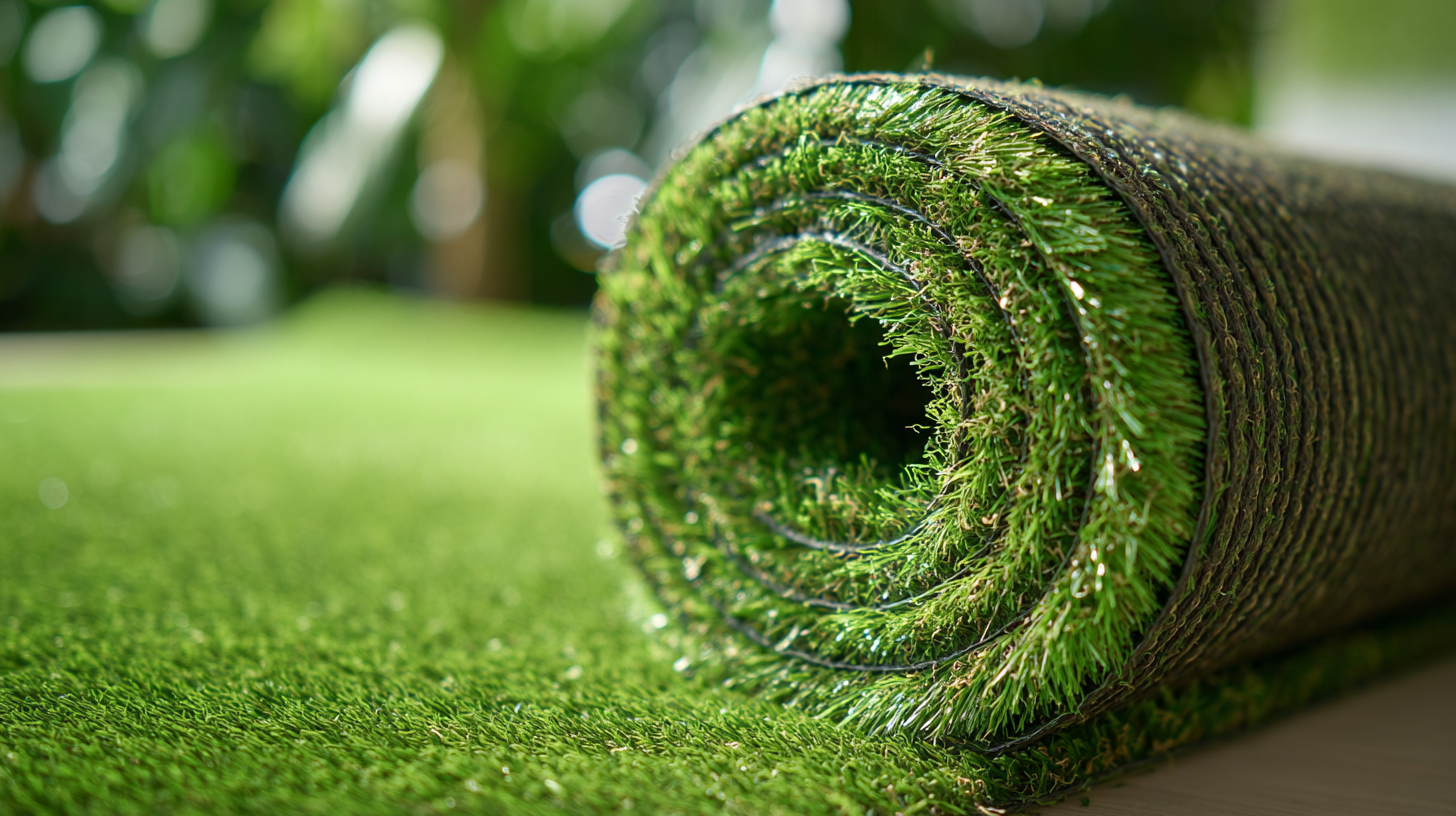
To effectively integrate artificial turf into a sustainable landscape design, consider blending it with native plants and permeable surfaces. Native plants require less water and are better adapted to the local climate, promoting biodiversity and supporting local ecosystems. Additionally, permeable pathways made from gravel or pavers can manage stormwater runoff, enhancing the overall sustainability of the landscape. Combining these elements creates a dynamic and resilient environment while minimizing resource use, showcasing how artificial turf can be a key component of a sustainable landscaping strategy.

